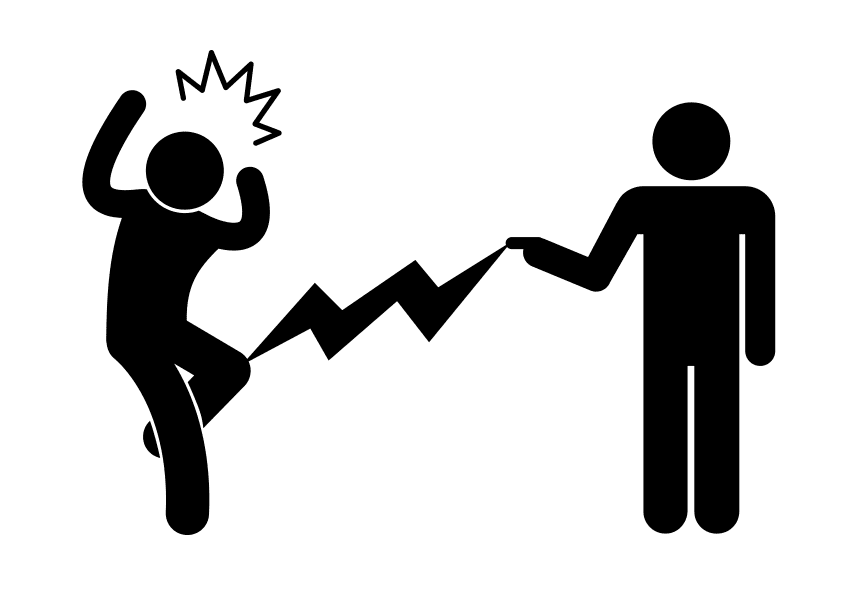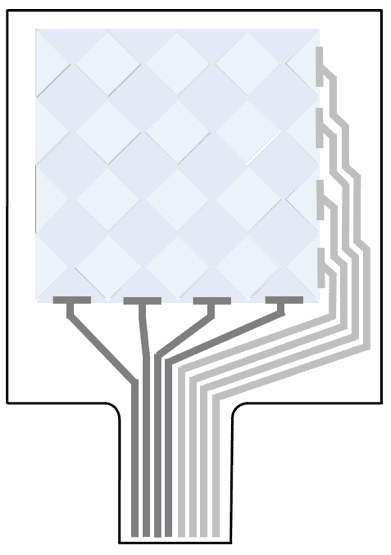Capacitive Sensors: Oh Oh they’re magic, you know. Never believe they’re not so.
Your cellphone has a touch screen (unless you are my father-in-law who refuses to give up the tried and true flip phone).
Maybe your range, oven, refrigerator or stove has touch-sensitive buttons.
Maybe you even had that friend growing up with the cool lamp that could turn on and off by simply touching it. “Hey, stop playing with the lamp!”
All are different applications of the same thing, a capacitive sensor.
Capacitance is an electrical property that represents the CAPACITY of an object to hold an electrical charge. The object itself is called a capacitor. The human body can hold an electrical charge and be a capacitor. People started exploiting that capability with the first piece of carpet. Rub your feet, shock your friend.

All the devices noted above monitor or measure capacitance. When we get near the device, the device detects a difference in capacitance and can takes action; like turning on a light. “Hey. I thought I said stop playing with the lamp.”
Another way to think about it is like personal space.

When your body comes near the other capacitive capable object, it changes the amount of electrical charge or capacitance. Touch sensitive devices work by having electronics that can see or measure this change in capacitance.
Touchscreens, capacitive switches and the magic lamp require both a controller and sensor to make them work. Xymox makes the sensor and other companies make the controller which is an integrated circuit. Xymox works closely with Azoteq and Alsentis for controllers. Technically a sensor is made up of one or more electrodes. The sensor plugs into a PCB which has the touch controller.

Different devices use different style sensors with different style electrodes depending on what they want to accomplish.
In the magic lamp example, the lamp is the sensor and forms one big electrode.
Most appliances use discrete button sensors that contain several discrete electrodes.

Seven separate electrodes in one sensor.
Touchscreens use sensors with electrodes arranged in rows and columns. Most often the rows and columns are on either opposite sides of a base film or on separate films separated by another layer of film. The controller cycles through the different electrodes to first detect which row is being touched (the Y direction) and then which column (the X direction). Since the electrodes are transparent, we used a representative picture.

Remember, the size of an object, the spacing between adjacent objects, the materials of the objects themselves and the materials between adjacent objects all impact capacitance. Pencils make for a lousy stylus because they do not hold charge well, gloves don’t work on your phone because they don’t hold charge, water makes your phone go crazy because it can carry charge. Ask our sales manager Ed Jones about electronics and his super power to make all electronics go on the fritz.
There are many excellent sources on the web for learning more about touchscreens, capacitive sensors, capacitance, the greatness of physics and the lyrics to the 1974 smash hit Magic by Pilot.
